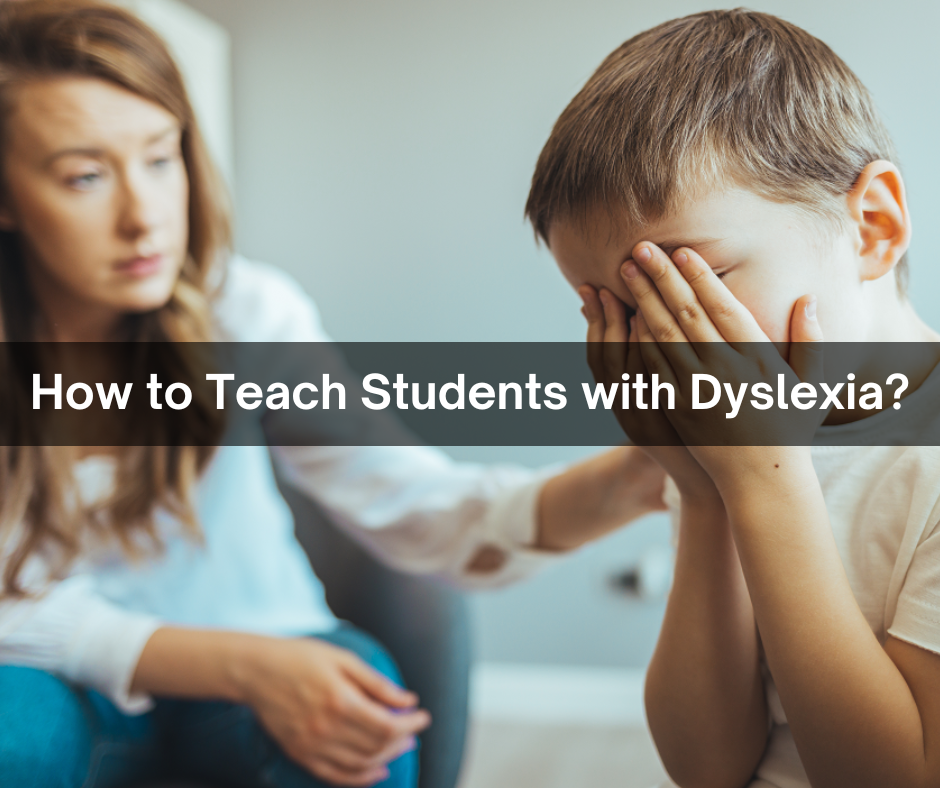Between 5 and 10% of people have dyslexia, thus it’s certain that it will arise at some point.
The good news is that there are plenty of simple instructional strategies that professors still employ to great effect. Not only your dyslexic pupils, but your entire class will gain from many of them.
Teaching tips that benefit the entire class
A technique for teaching students with dyslexia created by two extremely well-known educators named Orton and Gillingham has since been discovered to benefit non-dyslexic pupils as well.
The Orton-Gillingham approach is what it’s known as
The technique includes elements that can help you teach any child any subject, even though it is primarily designed to assist students to learn to read — from letters through phonics to autonomous learning with proficient reading skills.
The Orton-Gillingham method emphasizes the use of learning methods that are:
Multisensory — Engaging the other senses, such as touch and hearing, helps compensate for the loss caused by dyslexia, which alters how the brain processes visual information.
Direct — Knowing what they will learn, why they should comprehend it, and how it will be taught can aid the students.
Systematic and sequential —Step by step, expanding on the knowledge you’ve already gained.
Positive and reinforcing —Focus on the successes, the individual skill strength, and the work that was done well, rather than the overall performance.
Emotionally sound — A learning environment that promotes positive mental attitudes and self-esteem is created by placing an emphasis on the positive and on each child’s accomplishment with regard to their past skill sets.
Parent and teacher training for dyslexia can help learn more about dyslexia.
General classroom tips
If you’re looking for an answer to the question “how to teach a student with dyslexia”, here are some additional pointers that will benefit all of your students, regardless of their academic levels, from teaching a dyslexic five-year-old to read to teaching middle schoolers to spell to teaching teenagers trigonometry:
- Don’t punish students for losing or forgetting things. Create systems to keep everything organized instead.
- Make take-home slips or bookmarks with homework assignments that contain numbered, detailed instructions.
- Allow voice recorders to take the place of taking notes.
- Instead of handwritten assignments, accept typed and printed assignments Spelling and grammar issues in essays, reports, stories, and poems can be removed by using word processors on computers.
- Create an “oral” learning environment with “thinking time” to encourage more spoken responses. Encourage multiple students to respond to each prompt in order to get a variety of linguistic and auditory inputs.
- Every day, provide opportunities for private writing and reading. This will aid in skill reinforcement without putting learners at risk of public embarrassment.
- Teach students explicitly how to divide assignments and tasks into their own ordered, separate, and sequential parts.
- Include “fun” learning in your curriculum by including board games, puzzles, workbooks, computer games, and other entertaining and exciting activities (especially those created specifically for people with dyslexia).
To know more about how to teach a student with dyslexia, you can get in touch with us.
